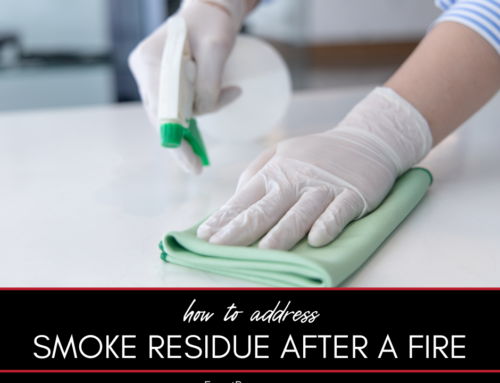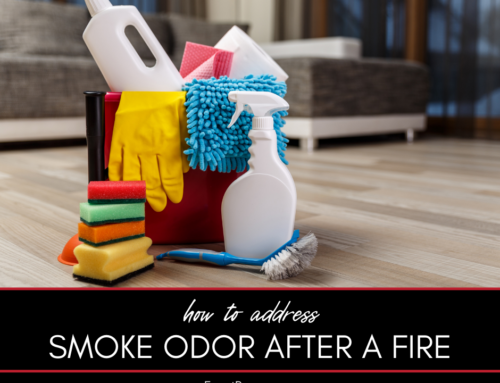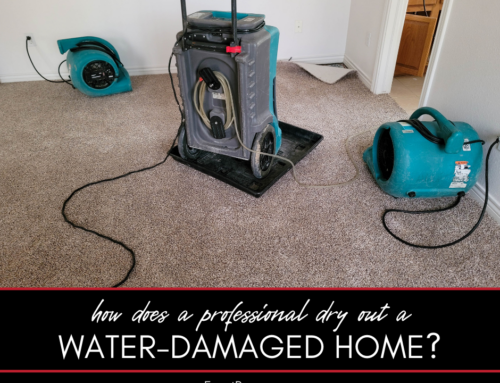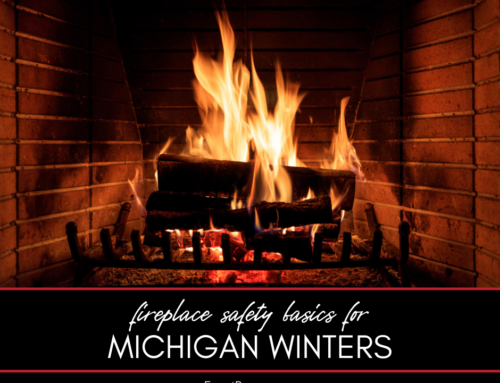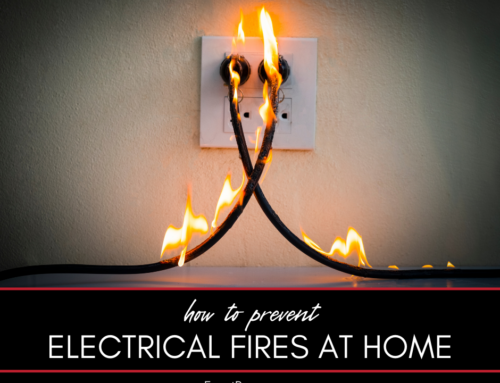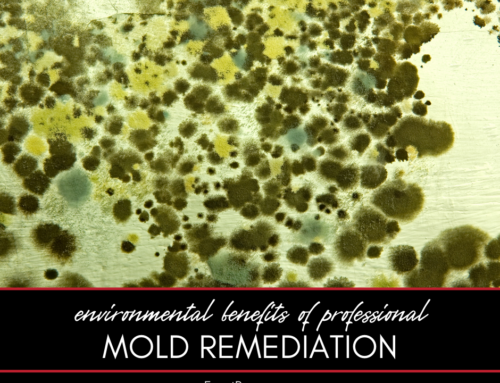If you’re like most Michiganders, you know that as the weather gets warmer, we all spend more time outdoors – but we still spend a lot of time indoors, too.
And the problem with that is that most of us are living with plenty of indoor air pollution.
How to Recognize Indoor Air Pollution
You can tell if your indoor air isn’t as clean as it should be if:
- You see moisture condensation on your windows or feel it on your walls
- The air stinks
- It feels “stuffy” in your home
- Your HVAC equipment is dirty (including your vents)
- You see any mold at all growing inside your home
- You have water damage in your home
One of the biggest problems that affects our indoor air – aside from volatile organic compounds that come in on our clothing, are sprayed on our furniture or chemicals we use for cleaning – is actually mold.
Mold can cause things like asthma and allergies, so if it’s in your home, you need to get professional help immediately.
How to Lessen Indoor Air Pollution
You can take steps to lower your indoor air pollution levels. Open the windows and doors, use the fans in your home with the windows open, and install kitchen and bathroom fans that expel exhaust outside your home. You can also use air cleaners that provide sufficient air circulation.




